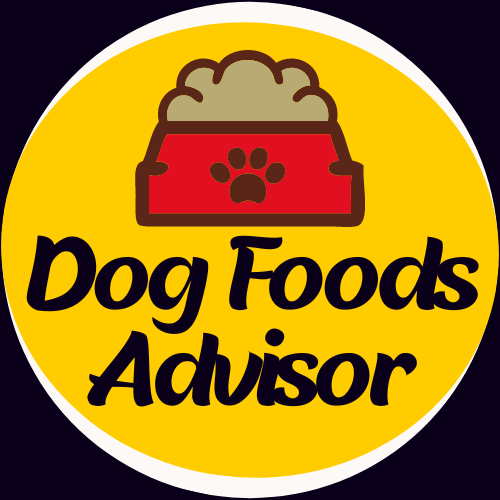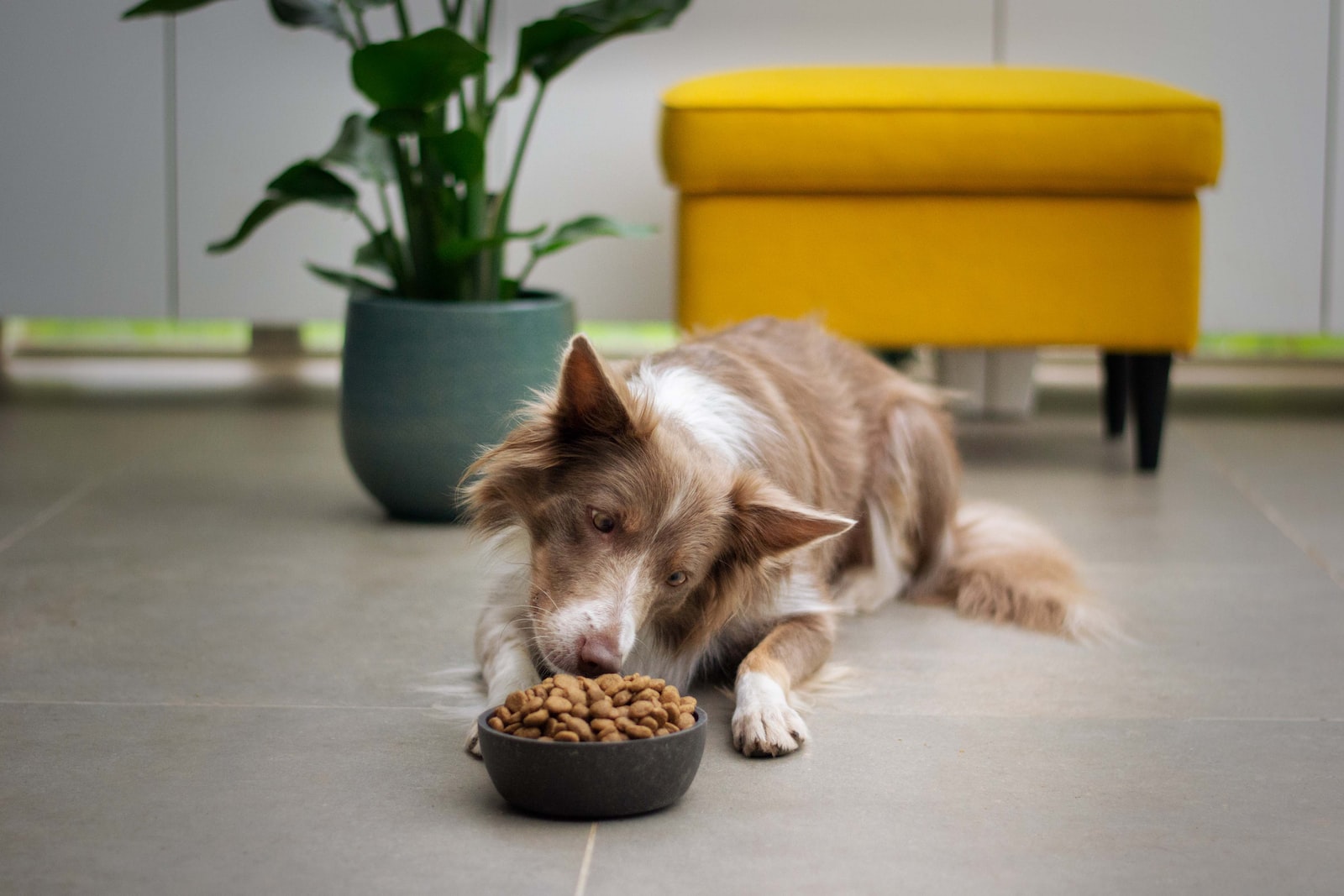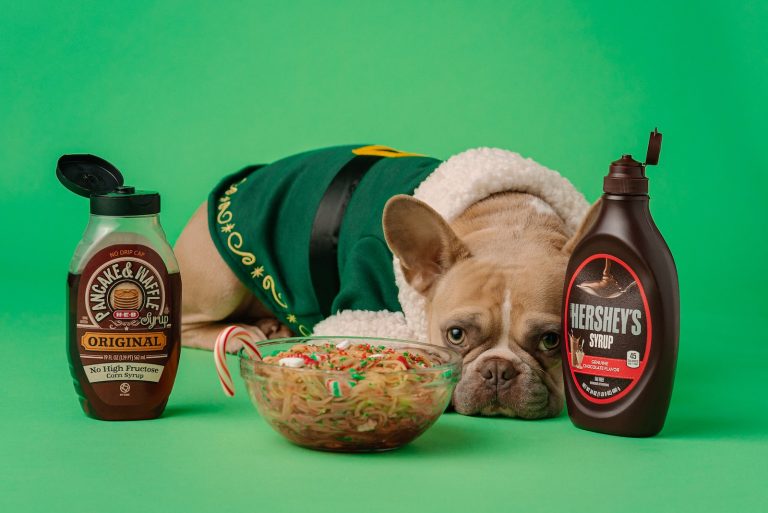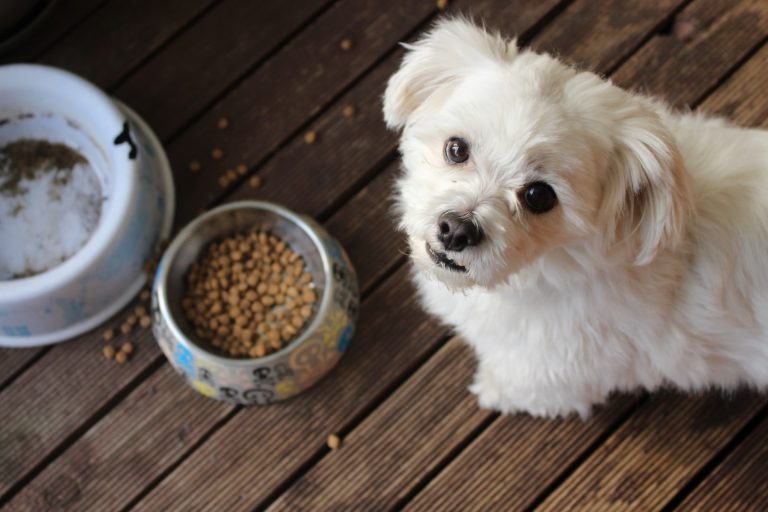Potential risks associated with feeding your dog a grain-free diet
As pet owners, we all want to provide our furry friends with the best possible nutrition for their overall health and well-being. But lately, there’s been a surge of popularity around grain-free diets for dogs – often touted as healthier alternatives to traditional kibble.
However, recent research has revealed some alarming potential risks associated with feeding your dog a grain-free diet. From heart disease to nutrient deficiencies, it’s crucial that we explore these concerns and make informed decisions about our pets’ diets.
We’ll dive into the facts and myths surrounding grain-free dog food so you can make the best decision for your four-legged friend. So grab a cup of coffee (or tea!), sit back, and let’s get started!
What is a grain-free diet?
A grain-free diet can be a great way to maintain your dog’s health and wellness, but it poses some potential risks. A grain-free diet is high in protein, but not necessarily in other important nutrients like vitamins or minerals.
This type of diet can lead to nutrient deficiencies, which can lead to health problems such as chronic illnesses. Additionally, a grain-free diet may not be very satisfying for your dog and could cause them to overeat.
Finally, feeding a grain-free diet might not provide the right texture or flavor for your pup, leading them to develop unhealthy eating habits. If you’re thinking of switching your dog to agrain-free diet, be sure to talk with your veterinarian first to see if it’s an appropriate solution for your pet’s individual health needs.
Potential benefits of a grain-free diet for dogs
A grain-free diet is becoming increasingly popular for dogs, as many believe it to be beneficial for their health. While there are some potential benefits to this type of diet, there are also a number of risks associated with feeding your dog a grain-free diet that should be considered.
There are several potential benefits to feeding your dog a grain-free diet, including that it may help to improve their coat and digestion. Grain-Free diets also tend to be lower in fat and calories, which may help reduce the risk of weight gain or obesity in dogs. However, there are also a number of potential risks associated with feeding your dog a grain-free diet that should be considered.
One risk associated with feeding your dog a grain-free diet is that they may become deficient in important nutrients such as protein and calcium. A deficiency in these nutrients can lead to health problems such as reduced growth rates,emi issuesand osteoporosis.
Additionally, grains contain polyphenols – small chemicals found in plants that have antioxidant properties – which can provide your dog with some protection against diseases such as cancer. Feeding your dog a grain-free diet without providing them with adequate amounts of other key nutrients could result in vitamin deficiencies.
Another risk associated with feeding your dog a grain-free diet is that they may develop pancreatitis (a condition involving inflammation of the pancreas). Pancreatitis is usually caused by eating foods that contain large quantities of starch (such as grains), and a grain-free diet typically lacks these types of foods.
If you are considering changing your dog’s diet to a grain-free one, it is important to discuss this with your veterinarian first. They will be able to provide you with information about the risks and benefits of this type of diet, as well as recommend appropriate supplements if necessary.
Potential risks associated with feeding your dog a grain-free diet.
A grain-free diet is one of the latest trends in pet food, and it’s been rapidly gaining popularity. Grain-free diets eliminate all types of grains, which could be a good choice for some dogs, but there are a few potential risks associated with feeding your dog this type of diet.
One risk is that eliminating grains from your dog’s diet may lead to nutritional deficiencies. Without enough vitamins and minerals, your dog may develop health problems such as constipation, diarrhea, liver failure, blindness, and heart disease. In extreme cases, certain types of malnutrition can even cause death.
Another potential risk is that eliminating grains from your dog’s diet could also contribute to weight gain. A grain-free diet typically consists of fewer calories than a regular diet, and if your dog is not getting the necessary amount of protein and other nutrients, he may start to pack on the pounds. This added weight can increase your dog’s chances of developing diabetes or other health problems down the road.
If you are considering switching your dog to a grain-free diet, be sure to talk to your veterinarian first to make sure it is safe for him and provides the nutrients he needs. There are plenty of other foods available that are both healthy and delicious for dogs – don’t go Jackie Chan on his dinner tonight!
Identifying if your dog is being properly fed on a grain-free diet?
When it comes to foods, there are many options out there for our furry friends. In recent years, grain-free diets have become increasingly popular, as they promise improved health and well-being for dogs. However, despite their popularity, grain-free diets can have some serious potential risks associated with them. Here are a few things to watch out for if your dog is being fed a grain-free diet:
1) Dermatitis: One of the most common side effects of feeding dogs on grain-free diets is dermatitis. This condition results in inflamed skin lesions, which can be difficult to treat and can even lead to permanent skin damage. It’s important to make sure you’re providing your dog with enough moisture and protein from healthy sources, such as meat or bone broth. If you suspect your dog is having problems with a grain-free diet, talk to your vet about switching them over to a more balanced food plan.
2) Teeth/Gums Issues: Not all grains are created equal when it comes to teeth and gum health. Some of the key grains that contain lectins – which can cause inflammation in the gut – include barley, wheat, rye and spelt. As a result of decreased oral hygiene and chronic inflammation in the gut, some dogs develop gum disease or tooth decay on a Grain-Free diet. If you’re concerned your dog may be experiencing these dental issues on a grain free diet, ask their veterinarian about starting them on a food that is more balanced.
3) Weight Gain: On a grain-free diet, dogs may become overweight due to the lack of fiber and calorie-rich foods that they’re used to eating. As a result, they are more likely to develop chronic conditions such as diabetes, heart disease and obesity. It’s important to feed your dog a balanced diet that includes both carbs and fats in order to ensure they stay healthy and at a healthy weight.
4) Intestinal Issues: Feeding your dog a grain-free diet can also cause intestinal issues such as diarrhea or constipation. This is because many grains are high in fiber, which is important for maintaining gut health and preventing constipation. If you’re noticing any changes in your dog’s bowel habits after switching them over to a grain free diet, speak with their veterinarian about the best way to feed them.
Problems Catering while your dog is on a grain-free diet?
If you notice any of the following problems while your dog is on a grain-free diet, it’s important to take action:
- Your dog is excessively hungry or eating constantly.
- Your dog has significant difficulty defecating or is having convulsions.
- Your dog is lethargic, acting sick or having bloody diarrhea or vomiting.
- You find hairballs in your home all the time, even when your dog is not eating grain-free foods.
Conclusion
In conclusion, it is important to be aware of the potential risks associated with feeding your dog a grain-free diet. This type of food often has high levels of sugar and other unhealthy ingredients that can lead to health problems in both dogs and their owners. If you are interested in transitioning your dog to a grain-free diet, be sure to discuss the concerns and risks with your veterinarian first.






One Comment